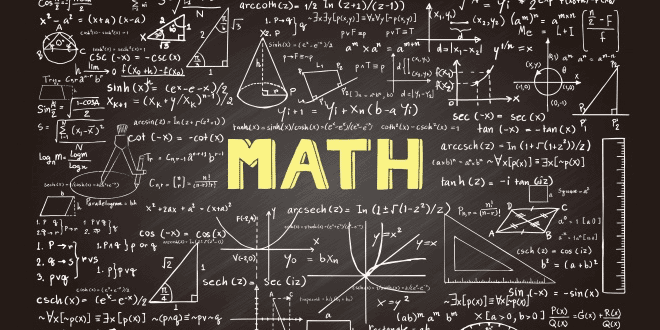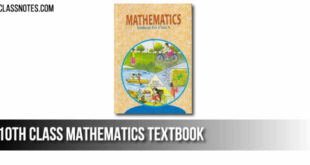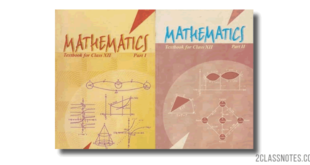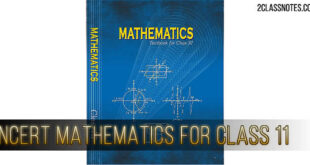PROBLEM SOLVING
Sometimes you look at a problem and you just know what to do to solve it. You know whether it is addition, subtraction, multiplication or division just by reading the problem. There are other times when you are not sure how to solve it. The steps to problem solving will help you think in an organised way and help you decide what to do.
First-Understand the Question
Read the problem slowly twice over, focusing on every word in it. See what the problem is asking for. Repeat it to yourself in your own words in order to make sure you have understood it well.
Second-Find the Facts
Locate the important information given in the problem. Is all the information you need to solve the problem given in the sum? If you like, write down the important facts.
Third-Decide What to do
Think! Do you think you need to add, subtract, multiply or divided? Do you need to do more than one operation? Is it a multi-step problem? Decide on what to do.
Fourth-Solve the Problem
Perform the action you decided upon in the earlier step. Find the answer.
Fifth-Check Back
- The calculation is correct.
- It answers the question.
- It makes sense.
APPLICATIONS OF THE FOUR OPERATIONS
Average:
(a) Purvesh delivers pizzas. These are the number of pizza he delivers over a long weekend.
Friday 82
Saturday 79
Sunday + 106
Total 267
If we divide the total number of pizzas delivered by the number of days, we can find the average number of pizzas delivered.
89
3) 2 6 7
-2 4
2 7
– 2 7
0
We can say that Purvesh delivered an average of 89 pizzas daily.
Note that Purvesh did not deliver 89 pizza on each day. The average number does not necessarily have to be one of the numbers in the group.
Average = sum of quantities ÷ number of quantities
To find the average of 78,21,34 and 43
Step 1. Add the given numbers = 78+21+34+43 = 176
Step 2. Count the number of addends = 4
Step 3. Divide the total by the number of addends = 176 ÷ 4 = 44
Average = 44.
 Class Notes NCERT Solutions for CBSE Students
Class Notes NCERT Solutions for CBSE Students




